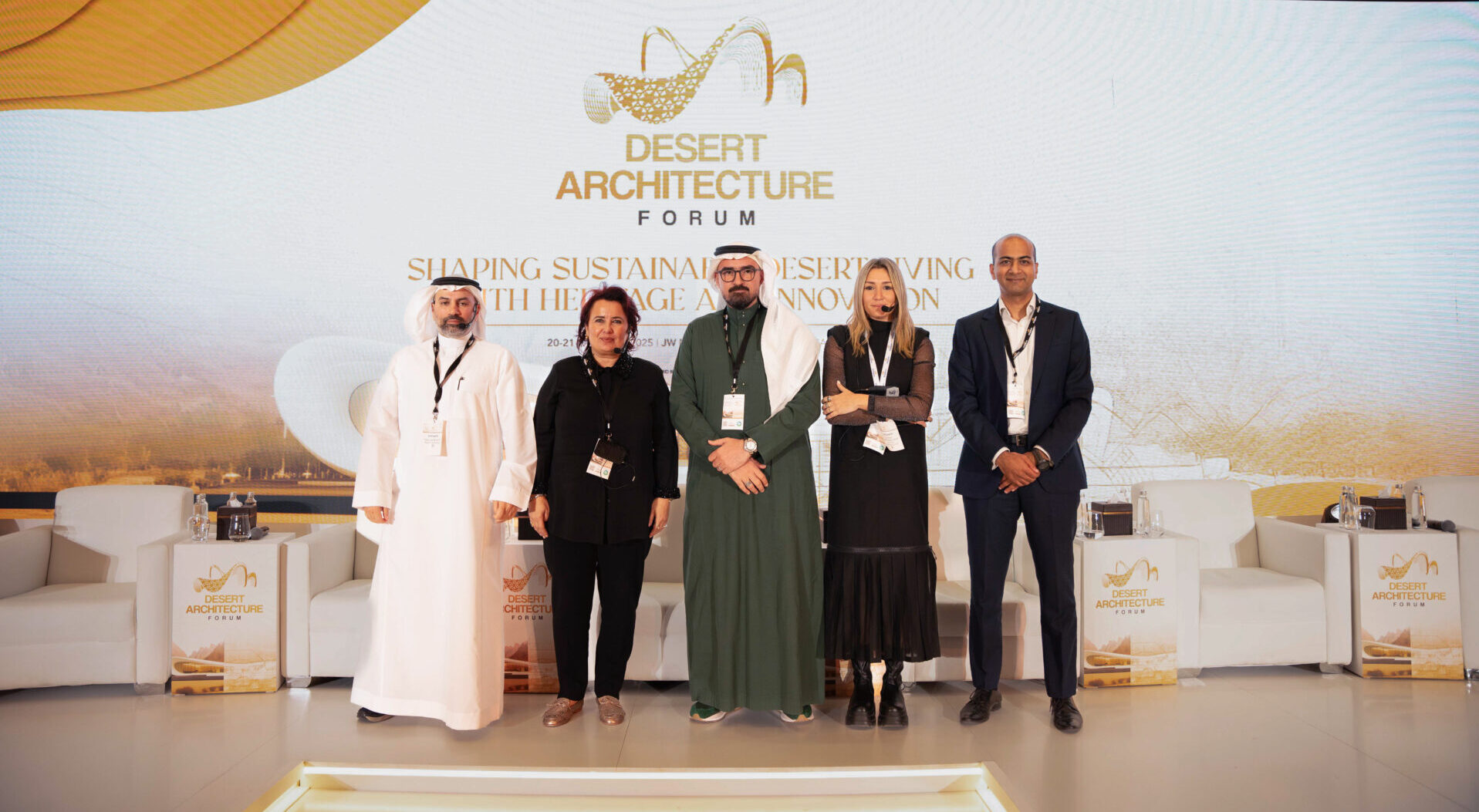 Public Investment Fund (PIF) Tower, King Abdullah Financial District (KAFD), Riyadh, Saudi Arabia.
Public Investment Fund (PIF) Tower, King Abdullah Financial District (KAFD), Riyadh, Saudi Arabia. .
Emerging AI tools combined with sensor networks are the backbone of ‘smart’ buildings. These rapidly advancing technologies enable building owners and operators to harness real-time and predictive data to enhance occupant comfort, improve energy efficiency, reduce costs, and streamline maintenance. Here’s why smart building technologies are becoming crucial to development in the Middle East.
Once seen as rare or specialized, so-called “smart” building technologies are becoming increasingly common in global real estate and building development. The reasons are simple: Smart buildings can offer improved efficiency, comfort, safety, and overall performance by collecting and analyzing data via technologies like sensors and automation systems. Artificial intelligence tools promise to further multiply the effectiveness of smart building systems.
Efficiency, sustainability, and technology
Smart buildings are different from regular buildings in that they have the ability to collect and analyze data, and use this information to automatically adjust and optimize building systems such as heating, ventilation, and air conditioning (HVAC), lighting, and security, in real time. Building managers and operators typically monitor and control smart building systems via a Building Management System (BMS) or “dashboard” accessible via laptop or tablet.
It is estimated that while smart buildings may have a 25% higher initial cost compared with conventional buildings, they could generate an average of 38% operational and maintenance efficiency over the following 30 years, according to Mohammed Aldhaheri of the Queensland University of Technology. Smart technologies enable building operators and facility managers — preferably in collaboration with architects, engineers, and other consultants — to develop superior buildings and campuses.
In addition to saving money in the long run, smart buildings can include a strong sustainability component. Smart building systems can integrate the latest in automation and cleantech innovations to be self-sustaining in water and energy usage, while also improving the safety and comfort of their occupants. Smart buildings are part of the growing movement toward smart cities, smart mobility, and smart infrastructure.
Smart tech in hot climates
No longer are smart buildings found only in traditional hi-tech hotspots like California, Scandinavia, or Seoul. Today, smart buildings are being developed in the burgeoning capitals of the GCC countries, where ambitious urban development goals are met with equally ambitious investment and design strategies. Saudi Arabia has been an incubator for smart buildings and smart cities for several years. Already at the Digital Saudi 2018 conference, Riyadh and the UAE’s Dubai were identified as the region’s top spenders in smart city development, according to In-Building Tech. Innovation has accelerated since then.
According to research by the International Data Corporation (IDC), Smart Cities spending in the Middle East & Africa region is expected to double during the 2020–25 period, crossing $4.4 billion in 2025 and growing at a compound annual growth rate of 17.5%. Megaprojects like KSA’s NEOM promise to incorporate smart technology in myriad ways, potentially becoming global leaders in smart urbanism with an emphasis on sustainability. Clearly, smart building technology has a future in the Middle East.
Smart tech can be particularly beneficial in hot desert climates, where maintaining a comfortable indoor environment can be challenging due to high temperatures and low humidity levels. That’s because smart building technology can be used to optimize building systems. For example, it can be used to monitor and control temperature, humidity, and air quality in real time. This can help ensure that building occupants are comfortable and healthy, even in extreme heat.
Additionally, smart building technology can be used to optimize HVAC systems and other building infrastructure, in order to reduce energy consumption and improve overall efficiency. By collecting and analyzing data from various building systems, smart building technology can help identify opportunities for improvement and automatically adjust building systems in order to optimize performance and reduce energy use.
Leveraging the power of AI
Artificial intelligence can help improve the efficiency of HVAC systems by calibrating predictive algorithms with climate and occupancy data amassed over hours, days, and years. In a typical use case, AI can be trained to regulate temperature and humidity in buildings not only in response to real-time exterior and interior conditions, but also based on past experience and scheduled activities. The more data the system gathers, the more accurate its models and predictions become.
For example, certain areas of a building might receive more solar exposure than others, requiring more cooling at certain times of the day — but this will also vary with occupancy and season. In buildings or campuses equipped with heat pumps, heat energy (or cool air) can be siphoned from one area to another in response to variable occupancy demands. The stronger the link between data analysis and system performance, the “smarter” the building becomes. AI models can process data over hours, days, and years, continually improving HVAC optimization to improve overall building performance. This in turn translates to greater comfort and satisfaction for occupants.
Additionally, AI can be used to monitor the air quality in buildings and make adjustments to the ventilation and air filtration systems to ensure that the air is clean and healthy for occupants. A smart system will automatically adjust to accommodate changing occupancy levels throughout the day and night, increasing or decreasing the rate of fresh air exchange. These capabilities can help save on energy costs and promote occupant comfort, wellness, and happiness.
Maintenance is another area where AI can improve efficiency, especially when integrated with a BMS. Specifically, AI can help predict maintenance needs and identify potential problems before they arise. This helps to reduce downtime and any inconvenience to occupants, as well as improve system performance and reliability. Being able to schedule maintenance operations in advance saves building owners and managers money (by avoiding emergency service) and contributes to occupant satisfaction. In a typical application, building maintenance staff would receive an automatic notification when a component is near the end of its service life or showing signs of failure, based on networked sensor data.
A new era of innovation
Although smart building technologies have been around for decades, the industry appears to be at an inflection point of accelerating adoption and useful innovations. The development of new technologies and innovations will likely propel smart building technology even more into the mainstream of global real estate development and building systems design.
Advancements in AI and machine learning are expected to enable smart buildings to collect and analyze even more data, and use this information to make even more intelligent and sophisticated decisions about how to optimize building systems. Additionally, the integration of 5G networks and the Internet of Things is expected to enable smart buildings to collect and analyze data from a wider range of sources, and to communicate and collaborate with other smart buildings and systems in real time.
Other potential innovations that may further enhance the performance of smart building technology include the development of new materials and technologies for building envelope design, advances in energy storage and generation, and the integration of smart building technology with renewable energy systems. These and other innovations are expected to help improve the efficiency, comfort, safety, and overall performance of smart buildings in years ahead.
In sum, smart building technology is crucial in an era of accelerated digital transformation. By coupling sensor data with automation systems and AI models, smart buildings can improve the efficiency, comfort, safety, sustainability, and overall performance of buildings in the Middle East and beyond.







